|
Symbols and symbolic language-developing your own personal language Symbols and symbolic language has always intrigued me. When I was an art therapist, I tried to understand the symbols in the art of the troubled children I worked with. Struggling with painful realities and often unable to process what they were going through, these children found ways to express and release their troubles through their art. There were a lot of sports figures (the Chicago Bulls logo featured heavily) and many representations of Sadaam Hussein, standing in symbolically to respectively represent good and evil in their drawings, paintings and sculptures. Sometimes, their imagery veered into imaginary territory, with fantastical animals and dream-like landscapes. My interest in symbolism goes way before my years as an art therapist. When I was little, I remember I once had what felt like an auspicious dream. In a beautiful mountainous landscape I saw a strange, huge set of runes (symbolic language) in the sky. It felt eerie and full of portent but I didn't understand it. This dream stayed with me for a long time, but I never could figure out what it meant. I still don't know what it meant and I wish I could remember it well enough now to look it up. The more I get familiar with my own art, I can see that most of the symbols are the same ones recurring again and again. No more symbols hanging in the sky but I'm always interested to see what new symbols show up. Harkening back to a pre-verbal time, a time of symbolism and deep meaning One of the things that intrigues me most about symbolic language is that it harkens back to a time when nature and the world around was felt to have deep meaning that affected the daily lives of those who felt themselves deeply connected to nature. Too long, our culture has denigrated societies that still have connection to this rich symbolic well of meaning, such as Native Americans, and the indigenous populations of places such as the Northwest of the Americas, ie: Canada and Alaska and Australia and New Zealand. And of course, cultures like the Celts. What would it be like to reconnect to a time when we as humans had a direct experience of the spiritual world, a world where we could hear plants and animals talking to us and guiding us through our days? A world when everything was truly alive. 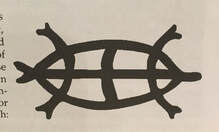 Animal symbolism Bears, snakes, turtles, the “Green Man,” elephants. These are a few of the symbols that have shown up frequently in my paintings and dolls. Some of these are very powerful and show up not just in my art but in my life in general. For instance-the turtle has been with me for a long time. I have long been drawn to the turtle and turtles have shown up in my dreams and in my art. My home altar is full of turtles. I'm most drawn to sea turtles for their ability to travel in land and water and to survive long distances and to dive deep into murky waters. According to the book, Animal Speak: the Spiritual and Magical Powers of Creatures Great and Small, among many other things, "the turtle was an animal whose magic could help you unite heaven and earth within your own life." (see symbol above.) I love being able to discover new facets of the same symbol over time. Some newer symbols in my work are the giraffes, a white goat/sheep and a green bird. In the images below are some examples of these newer symbols as they show up in my paintings. The giraffe, in the first two images, has a feeling of protectiveness to me. These first two images have a lot more going on in them, including the made up symbolic language in the first one, similar to what I describe below. According to Animal Speak, "the (giraffe's) long neck..makes it a powerful totem for farsightedness and for seeing what lies on the horizon for you." Hmmm? The white goat in the second two images suggests to me, the ability to navigate difficult terrain but there is also a playfulness to it. And the green bird, in the last two images has a feeling of magic and protection. In both images, the green is balanced with purple-colors have important meaning as well. To me, green has to do with life and life energy and purple is associated with magic. From reading these brief descriptions of my response to some of the symbolism in my work, you can get a sense of how individualized their meanings can be. And, as I said, the meanings can change and morph over time, even within the same image. Sometimes I look back on an old image or doll and new meanings emerge that I didn't see at first. Hand of Mysteries Recently I have been working on a series of talisman dolls. The image at the top of this article is a detail of one of my dolls from this series. I intend to make eight over time. I'll be writing more about these in a future post. These are also inspiration for the Maiden, Mother, Crone, Death course that I am offering, starting in March. Each of the dolls starts from the same two sided soft sculpture flip doll pattern, but each time I am led in very different directions in the way I create them. For one of the dolls, I used as inspiration an image of a sculpture of a hand with little figures on each finger, that I saw in the Sackler Museum here in DC. This sculpture intrigued me but I didn’t know what I wanted to do with it. Later, in researching this symbol of a hand with little saints on each finger, I found this Mexican painting called "Mano Poderosa," and was intrigued by the similarities. I then found a different image of a hand with mysterious alchemical symbols on each finger, called the "Hand of Mystery." I’m not sure if these two are related but for my doll, I combined the two. I wasn’t so much concerned with the “true” meaning of the symbol. I just liked the idea of these mysterious symbols. For this blog post, I tried to look up the meaning of the alchemical symbols and was only able to find three of them. Salt, nitrogen, sal ammoniac. What I was able to figure out was that these were various elements that would have been used in an alchemical process to create the transformation required. And I learned that the “hand of mysteries” with its additional symbols of a key, lantern, sun, star and crown had to do with a series of steps that helped to transform human into divine. It turned out that this fit with the theme of my doll. I enjoy the way in which the symbols that occur in my art can be woven into mysterious images from the past. Discovering new meanings in this way, I am able to deepen the meanings of my dolls and paintings. 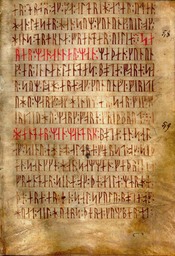 Viking Runes Viking Runes Some examples of runes, sigils and other symbolic languages There are many sources for symbolic language that can be used as inspiration in your art. Sometimes I just make them up too, in the way that I remember making up languages as a child. And my children did this too. Did you do this as a child? I want to be respectful of the origins of these words and at the same time honor them in my own creations. The image to the left is of Viking runes. Runes are an alphabet that can be adapted for magical purposes. Sigils are created specifically for their magical purposes. As I mentioned, you can use ones that you find in any brief review on the internet or you can make up your own. I am just skimming over the top of a very detailed and complicated subject but I encourage you to do your own research if you are interested. Ancient goddess bodies as symbols and source Take a look at these original sculptures of goddesses from ancient times. In the wonderful book, Way of the Rose: The Radical Path of the Divine Feminine Hidden in the Rosary, the authors describe how these ancient goddess sculptures were usually quite small. Instead of meant for display, the were intended to be held in the hand, carried as talisman of support and protection, just as now, many carry the rosary in their hands for comfort and protection. This reminds me of the story that recently came out in the New York Times, that contrary to what had been previously been assumed, it was not men who created most of the cave paintings that have been discovered in places like France and Greece. It turns out that more than half of these paintings were created by women. I am not sure how they were able to figure this out, but what an amazing discovery. To me, it confirms the idea that early, preverbal societies were matriarchal and mostly peaceful. And that instead of focusing on war and struggle, the paintings they created were about mothers and babies (animal and human), representations of nature and of a mother goddess. These sculptures with their earthy and simple shapes could also be an inspiration for you to create a symbol of nurturance and protection. They also serve as an antidote to the overly skinny models of feminine figures that are forced upon us in modern society. Some links to artist friends whose use of symbolism in their art inspire me
I wanted to end with sharing some links to art by friends of mine. Sometimes I am so amazed at the people I know and am inspired by. When you look at their art and imagery, consider what symbolic language they are using. What can you notice about their symbolic language? What is revealed/concealed? Julie Dziekiewitz, makes encaustic paintings that speak out for women's rights. Her large wax paintings are colorful and engaging and full of meaningful symbols, both political and personal. Look for the different ways sharks show up in her paintings. Sybil Archibald I've written about Sybil before but if you haven't already taken a look at her work, please do go and look. Her paintings and sculptures and most recently monotypes, are rich with personal spiritual symbolism. She is working on a book about her monotypes that will expand on the meanings of their symbols. Pauline Siple, another artist friend from my Torpedo Factory days, has recently added to her repertoire of evocative paintings to add soft sculptures. These playful figures and paintings speak to themes that interest her and reflect stories of her life. Polly Sonic/Linda Wingerter, I've known since my New Haven days. Her puppetry, (one of many creative talents, including children's book illustration) continue to amaze me. She is infinitely inventive and creative-take a look.
2 Comments
Living a Life Attuned.... In preparing for an upcoming course, entitled Maiden, Mother Crone, Death, I added the word death, because it seemed important, even though a part of me was strongly resisting adding this word. In this post, I want to share some of my thoughts about how death fits in with the cycles of a woman's life from maiden to mother to crone. Several years ago, a close friend of mine who is more comfortable with thoughts of death than most people I know, (she meditates often on her own death in a yoga "corpse meditation") recommended an app called “We Croak.” This app reminds us that we are going to die someday, with five times a day messages that are less about death and more about the preciousness of life. Since then, I have come to appreciate these reminders throughout my day. For instance, I just got this message on the app: Even when the plum has wilted and the winter has reached its deepest cold, do not let your body be numb or your mind absent. Dōgen Zenji. This post is meant to be an introduction to a way of viewing death, rooted in the worldview of our deep ancestors. If this (within the context of the feminine divine) interests you, I share a list of books for further exploration below. What if we see death the way our paleolitihic ancestors viewed it, as a welcome stage in a life lived in relationship to a greater whole? In this way, rather than cut off from each other, from the divine and from nature, we are profoundly connected to the web of life. A couple of caveats: One: if death itself feels too scary to think about, consider the many smaller "deaths" that we experience throughout our lives as we let go of experiences, abilities, loved ones, as part of the inevitable changes of life. Two: you don't have to be a mother to experience the "mother" part of the maiden, mother crone cycles of life. We are all mothers to ourselves, to our friends and even sometimes to those we happen to meet in the course of our days. Our Culture’s Negative View of Death as the “Grim Reaper” When you think about death, do those scary archetypes in our culture come to mind? If you ever watched a horror movie, or even if you have paid any attention to popular culture, you would have come across the archetype of death as the “Grim Reaper.” There is an older, Celtic, version of this scary character, occurring also in other cultures, a horrifying-looking monster with a black cape and carrying a scythe, and called “Ankou.” “Ankou,” the lord of death, ferries people who have died to their life beyond. He sometimes pushes a cart and his eyes are holes filled with fire. He is terrifying and yet he serves primarily as a guide and messenger, not someone who is here to punish you for your sins in life. A general word for someone who guides you into the land of death is a psychopomp. What is a psychopomp? The definition of psychopomp in Wikipedia is, “creatures, spirits, angels or deities in many religions, whose responsibility is to guide newly deceased souls to the afterlife. Their role is not to judge the deceased, but to guide them.” This definition goes on to describe a list of male deities from various cultures and religions whose roles may be seen as psychopomps. These include: Egyptian Anubis, Hindu Yama, Greek ferryman Charon, and the god Hermes, Roman God, Mercury. In Christianity, Saint Peter, Archangel Michael and Jesus can be seen as psychopomps. In addition to these better known male psychopomps, I would also like to consider some female psychopomps, some of whom are better known in their other roles. 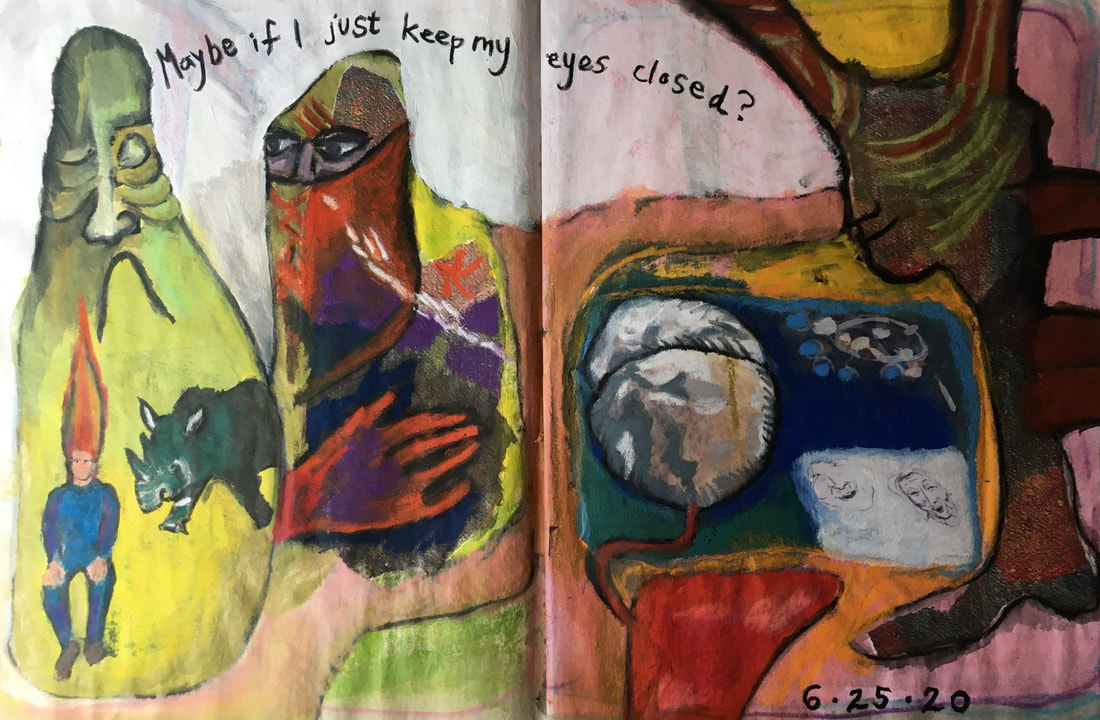 Maybe if I just kept my eyes closed? Collage, goauche and watercolor pencils in handmade book Maybe if I just kept my eyes closed? Collage, goauche and watercolor pencils in handmade book The need for psychopomps only occurred when death became scary and separate... In a wonderful book, The Myth of the Goddess: Evolution of an Image, the authors make the point that in a time when our ancestors worshipped a nurturing Mother Goddess (tracing back to the paleolithic era,) they didn't have the fear of death that we experience now. This was a time, 20,000 years ago and more, when "human beings experienced themselves as the children of Nature, in relationship with all things, part of the whole." Living deep in caves that represented the womb of this mother goddess, "with death, they would have felt that they were taken back into the dark womb of the Mother and believed they would be reborn like the moon." (p 19 The Myth of the Goddess.) This view persisted through the following Neolithic era (10,000 to 5500 BC) and it wasn't until the Bronze age (3500 to 1250 BC) that the worlds of life and death became so separate that it was believed that a guide was necessary to transition from one world to the other. Not surprisingly this transition also occurred at the same time as the introduction of weapons of war, with the invasion of "migratory warrior tribesmen who imposed their mythology and patriarchal customs on the agricultural peoples whose territory they invaded..we are in the presence of the Indo-European (Ayran) and semitic inheritance. (p 155, The Myth of the Goddess.) As our existence became more and more separated from nature, from the divine and from a sense of connectedness with each other, death also became more scary. And in more recent history, even the psychopomps themselves became scary and threatening. Divine feminine Psychopomps What if the psychopomp, instead of being a terrifying dark monster holding a scythe, were someone who holds our hand? What if she were a loving guide? In Greek mythology there is Hecate, who I discussed in another blog post and who is known for guiding women at crucial life crossroads, and certainly death is one of these. In Greek and Roman mythology, Hecate guides Demeter, the mother goddess, also in charge of agriculture and growth, to find her daughter, Persephone, in the underworld. This is one of many stories of goddesses searching the underworld for lost loved ones. This story has many layers of meaning, but on one level it was seen as a metaphor for the change of seasons. During the times that Persephone is above ground, Demeter allows the sun to shine and crops to grow, and when Persephone is below ground, winter comes and growth stops. There is still a sense of connectedness to nature and to cycles of life. Mary, known in the Catholic faith among many other names, as "mother of God", can be seen as a psychopomp in her guise as the Queen of the Underworld. In this role, she is also deeply connected to the earth, to the soil, to the cycles of life. In this way, she fits into a framework of the psychopomp as a guide and companion to the underworld, that is part of a cycle of death and rebirth. Rather than a punishing and terrifying monster, such as the Grim Reaper, she holds us in her arms. Journey into Death as a Metaphor for Spiritual Integration Jumping back into time, another version of a psychopomp is the Sumerian goddess, Inanna, who in the poem The Descent of Inanna, makes her way into the realm of her sister, Ereshkigal. An interesting dimension to her story is that she has to shed a layer at each stage of the journey to the underworld. The layers that she removes include, her crown, earrings, breast decorations, girdle, and skirt. These outer adornments each correspond to a chakra in the body, from the crown chakra, on down to the sacral chakra. In this way, her journey can be interpreted as a metaphor for a deepening of spiritual integration. As Inanna descends to meet her sister, who in this story serves as Queen of the Dead, she sheds layers of her outward identity and reveals her innermost soul. In some ways, Inanna and Ereshkigal can be seen as two sides of one identity, light and dark, upper and lower, goddess of the upper world and goddess of the lower world. Delving into Our Inner Dimensions
In the realm of psychology, Jung describes the psychopomp as the mediator between conscious and unconscious. The connection here is with death as a metaphor for the formlessness of the inner life of dreams and the imagination. Just as we need a guide to assist us in our final journey, we also need a guide to assist us in navigating the threshold between our imagination and our waking lives. In living fully, we are healthiest when we have a balance of the two. Jung saw our psyche as divided into a consciousness above the line and the unconscious below. Within the unconscious live all kinds of collective archetypes, symbolic representations of various spiritual and emotional aspects of who we are collectively as human beings. His definition of healthy aging had to do with an integration, a coming together of all those disparate parts. And in order to do that, we need a guide to help us navigate between these worlds. We can find this inner guide in dreams, in the creative process (writing, art, poetry) and in living creatively and fully. How does this matter in our daily lives? Questions that come up when we reflect on these ideas are many. How do we mediate our own unconscious worlds, our own psyches? What happens when we embrace the feminine archetypes for psychopomps, rather than the often ferocious or warlike male figures? I've been hearing more often lately about people who are living a "normal" life but who suddenly experience a spiritual awakening. What's this about? Does this say something about a sea change in the way people are navigating their lives? It feels like the veil that used to separate our "average" day-to-day life from what's bubbling underneath is getting thinner. Things are changing fast and in a way that isn't a moment too soon. Our crazy world needs us to be connected to all of what is available to us, to our inner lives, to our spiritual lives, to nature and to our ancestors, in order to meet the challenges that are facing us today. It behooves us to tune into and welcome a more integrated view of the full spectrum of human existence, one which integrates the whole spectrum of life and death and rebirth, rather than fearing death as a representation of the dark/unknown. No matter where you are in terms of your beliefs about these things, I hope that this article piqued your imagination for further exploration. Books to read: Here are a few books to explore some of these ideas further… The Heroine with 1,001 Faces, Maria Tatar Longing for Darkness: Tara and the Black Madonna, China Galland The Crone: Woman of Age, Wisdom and Power by Barbara G. Walker Cassandra Speaks: When Women are the Storytellers the Human Story Changes by Elizabeth Lesser The Myth of the Goddess: Evolution of an Image by Ann Baring and Jules Cashford And I’m really looking forward to this one coming out soon: Hagitude: Reimagining the Second Half of Life, Sharon Blackie |
ErikaI've been making dolls for about ten years now. I believe that dolls serve as representations and reminders of the best part of ourselves. I am excited to share with you here my learnings about new methods and techniques for doll making and healing. So glad you are here! Categories |
Proudly powered by Weebly
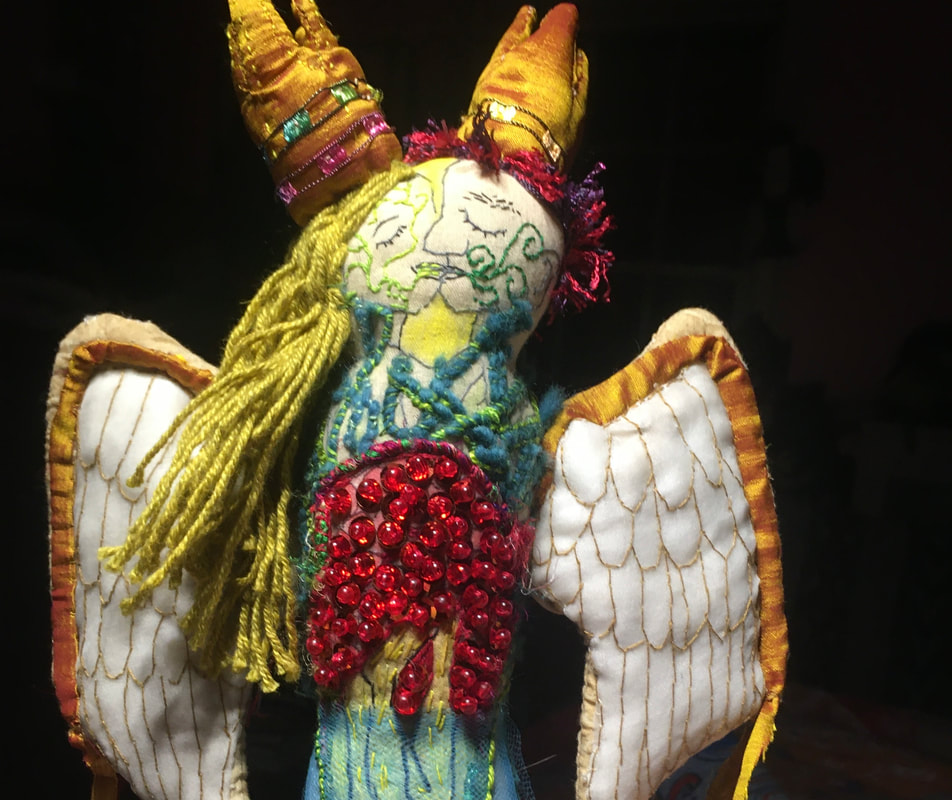
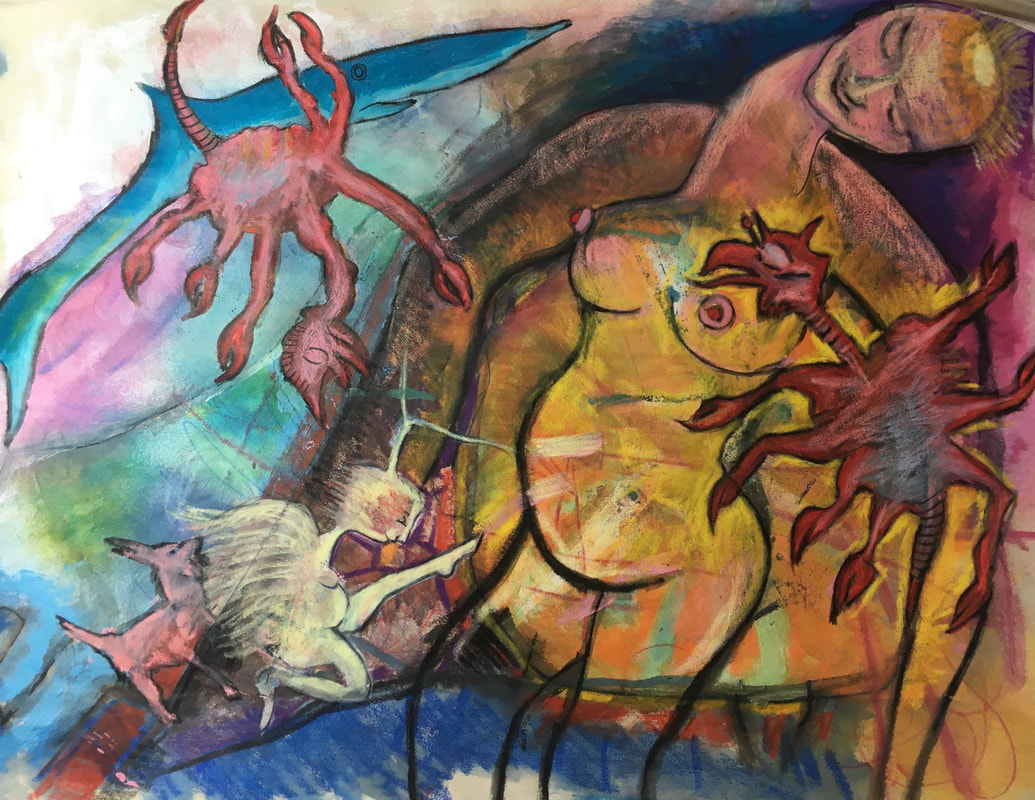
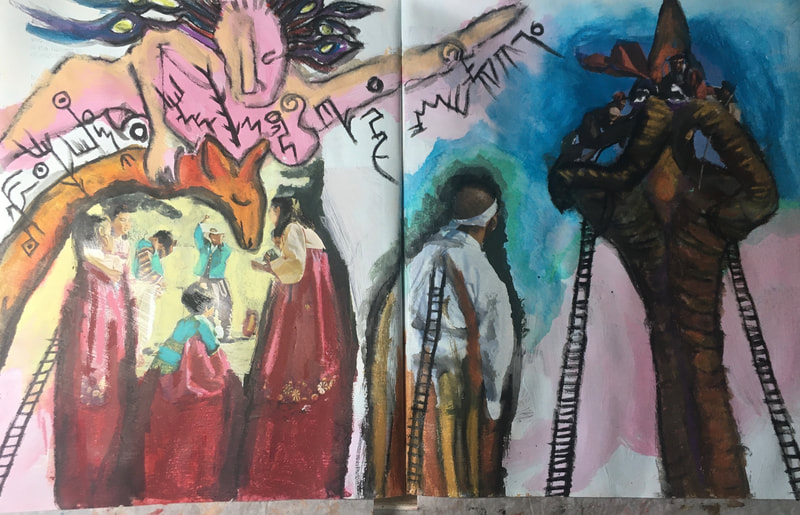
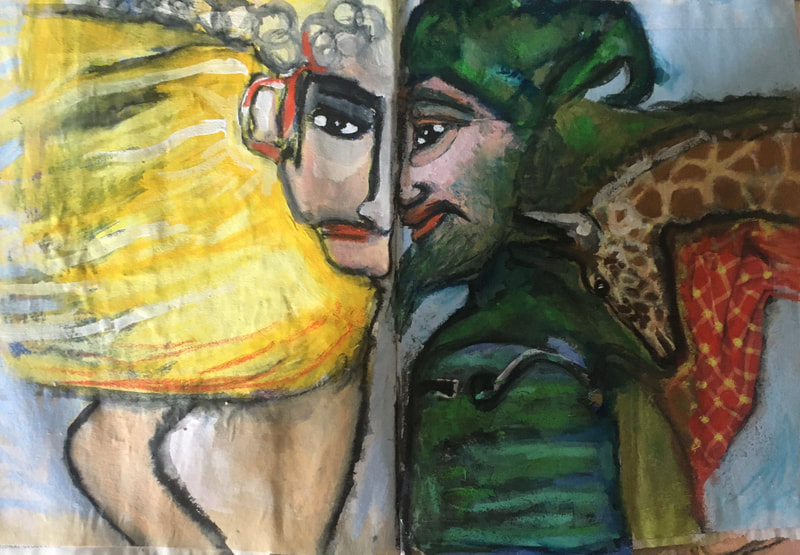
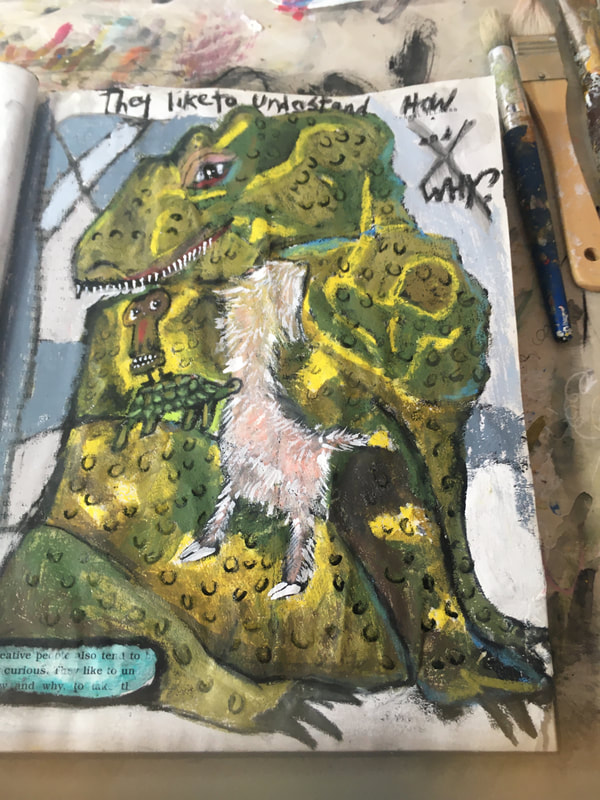
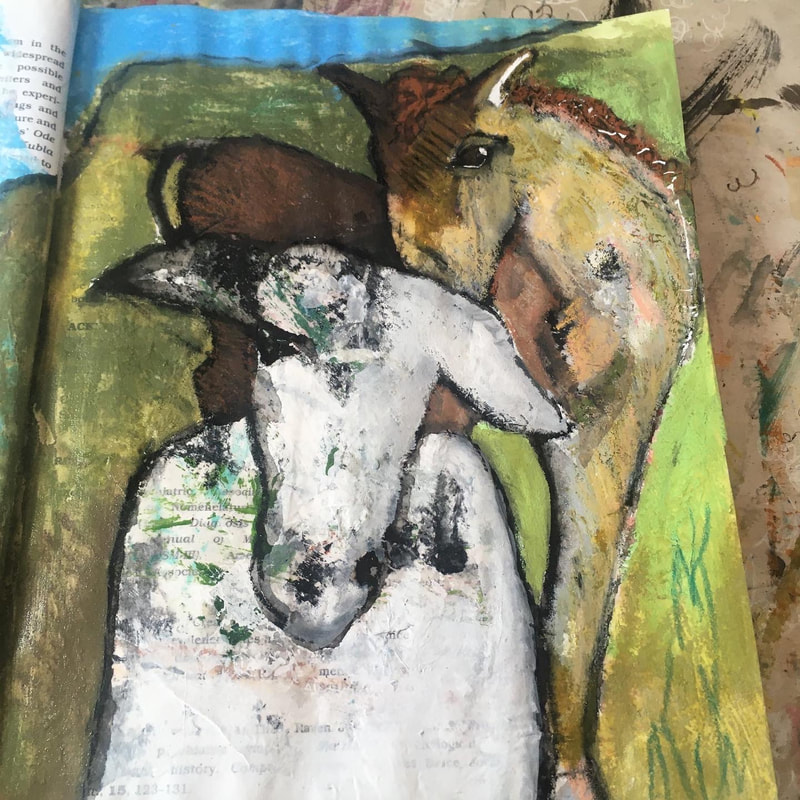
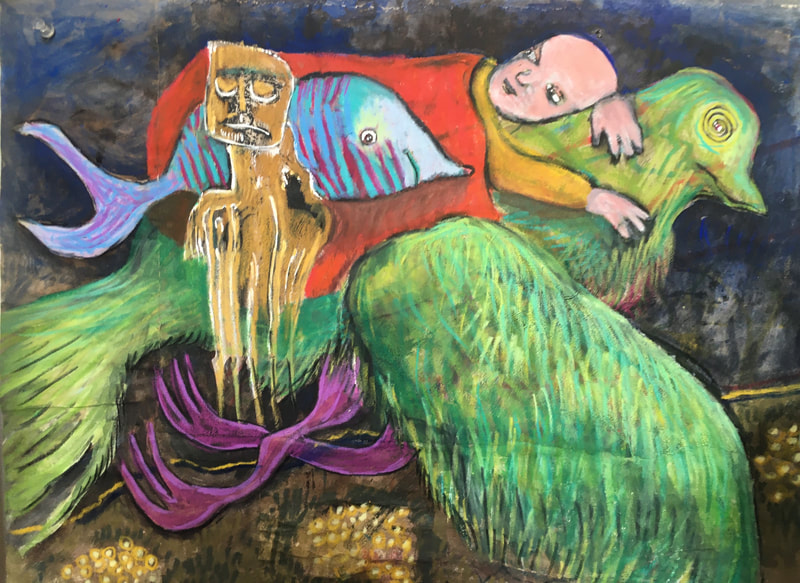
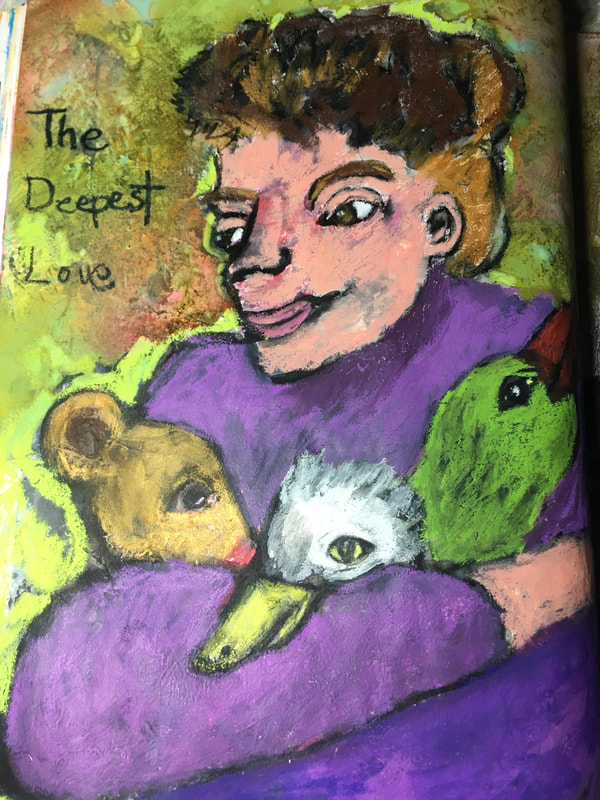
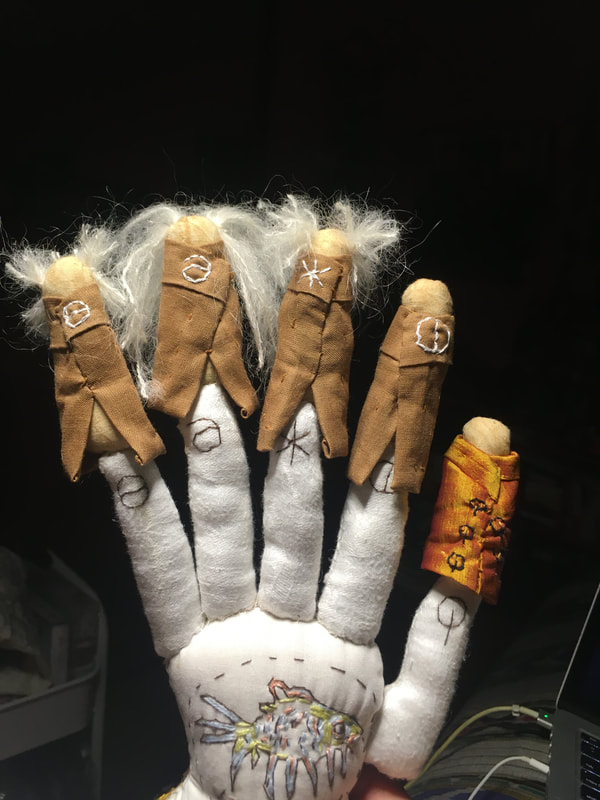
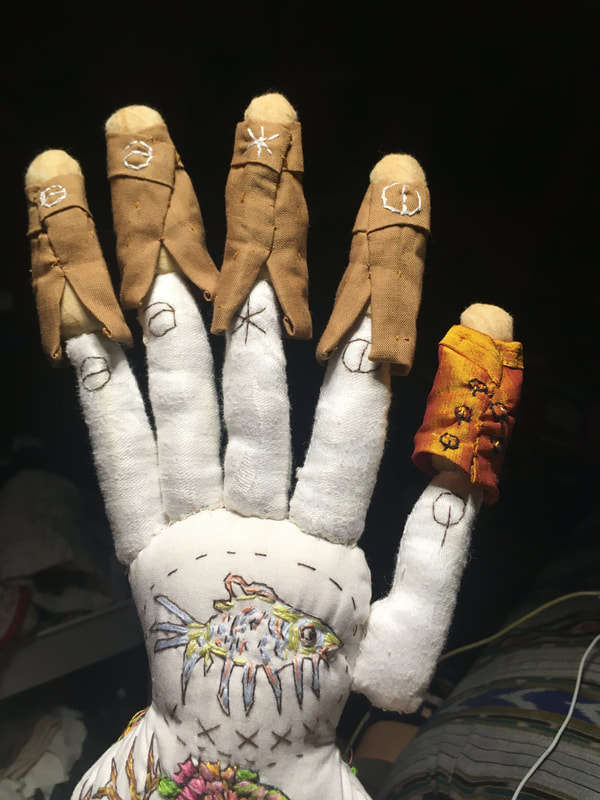
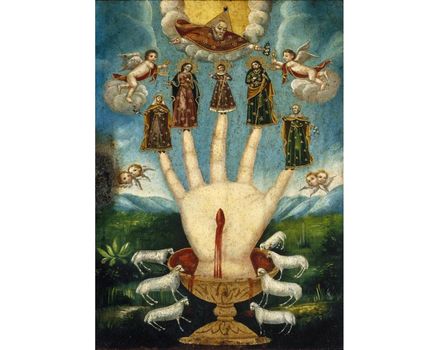
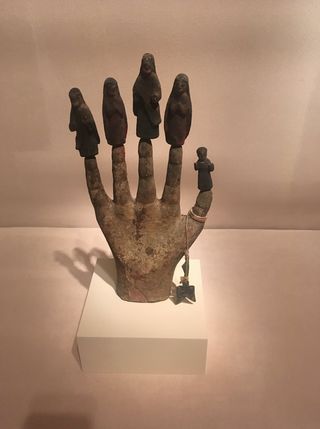
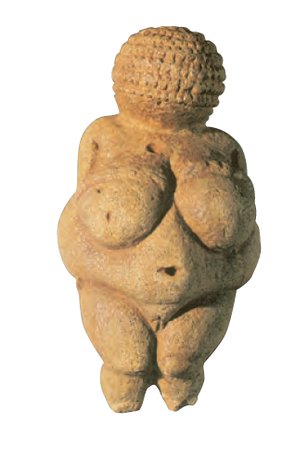
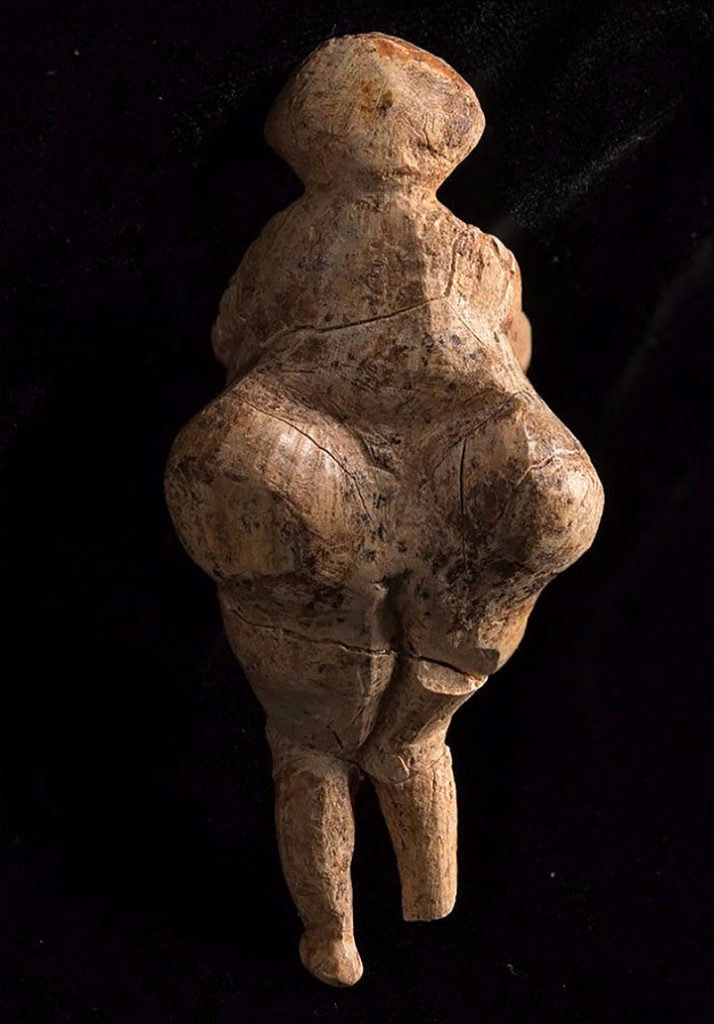
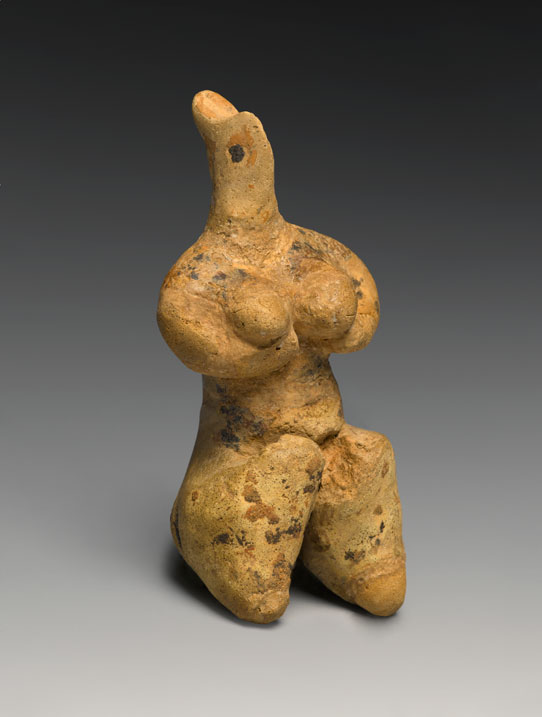
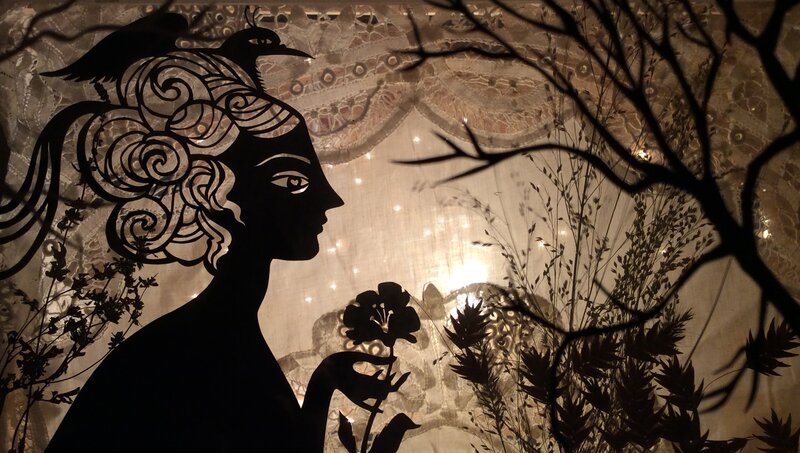
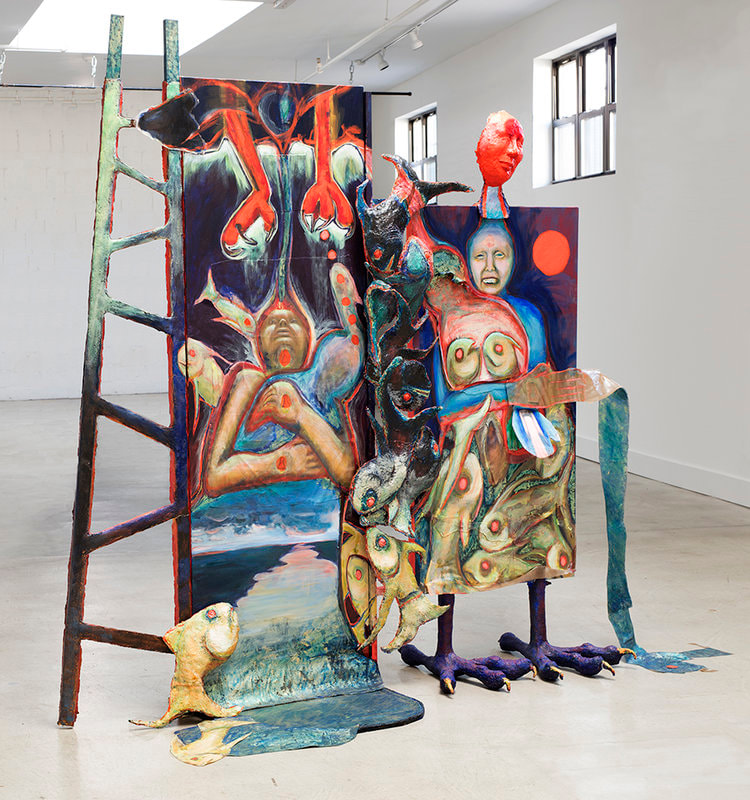
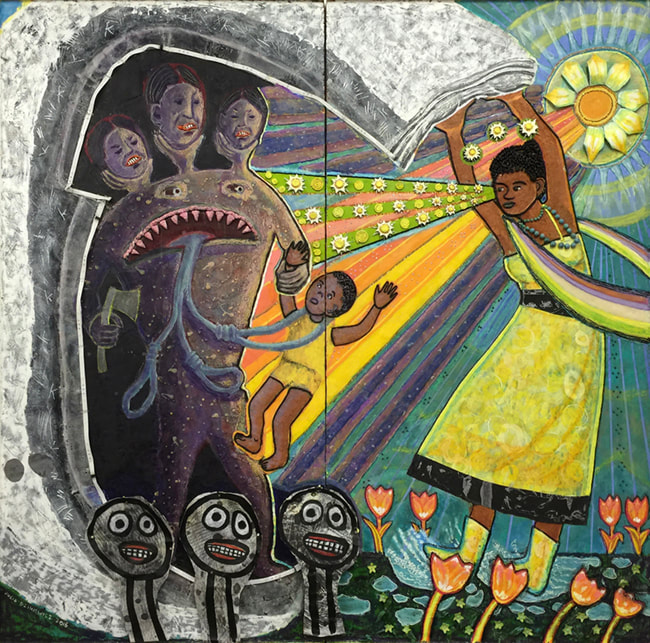
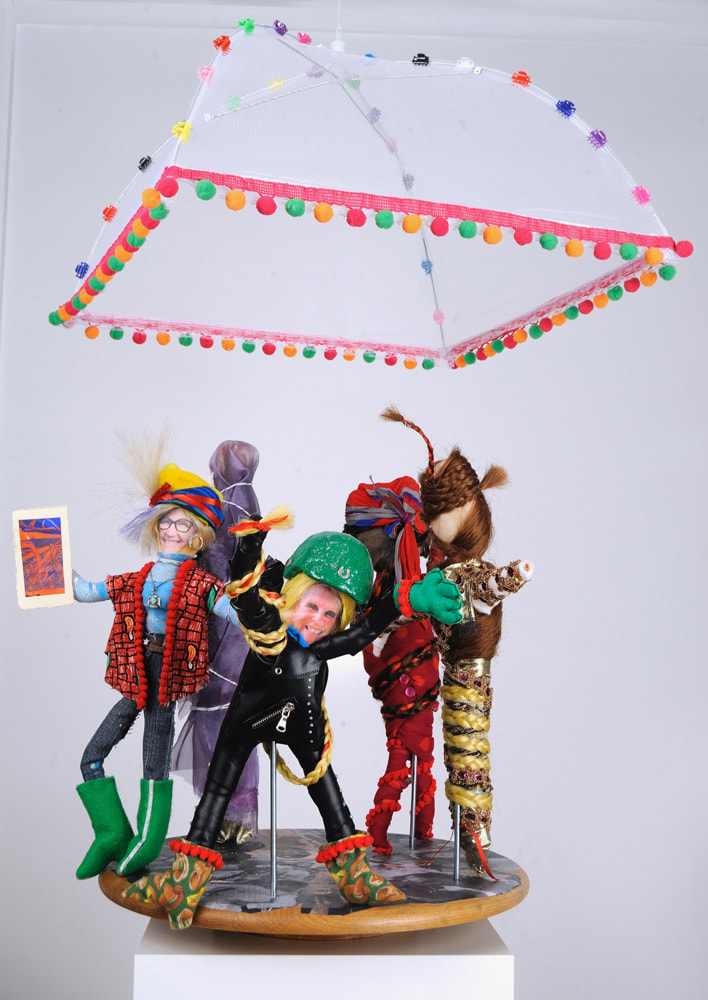
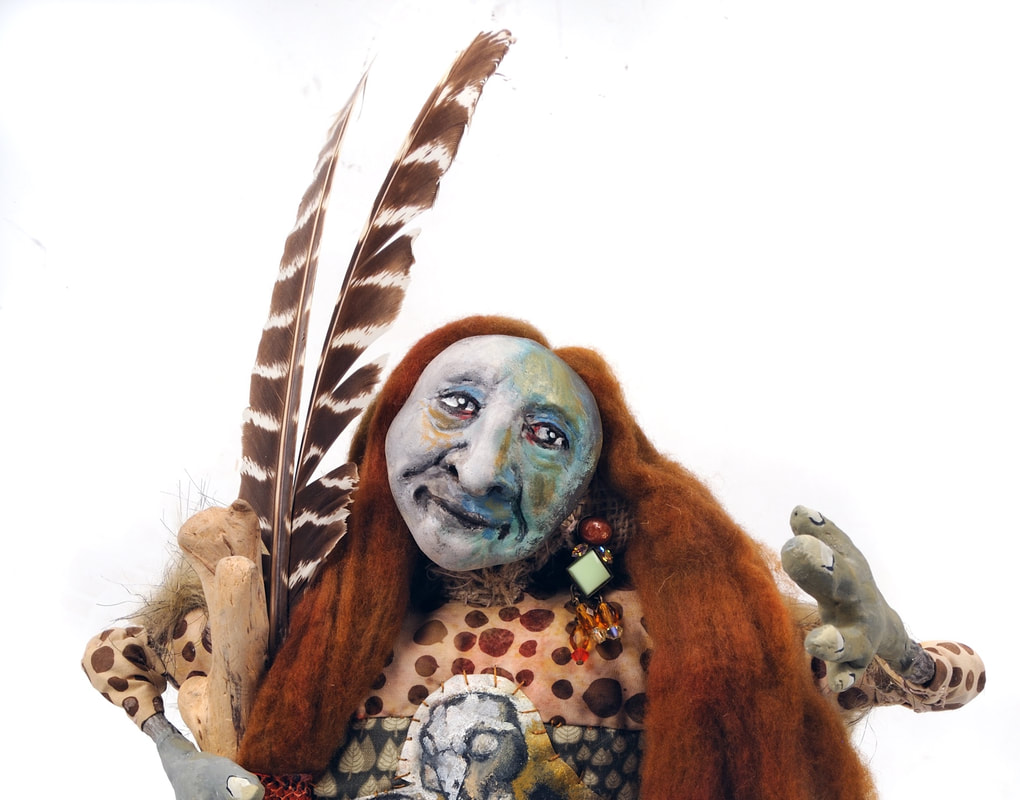
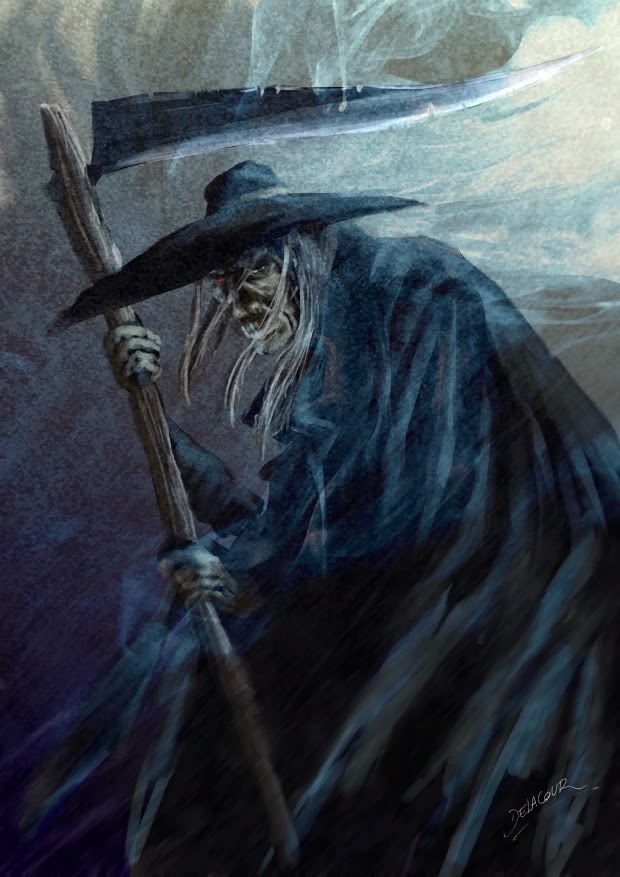
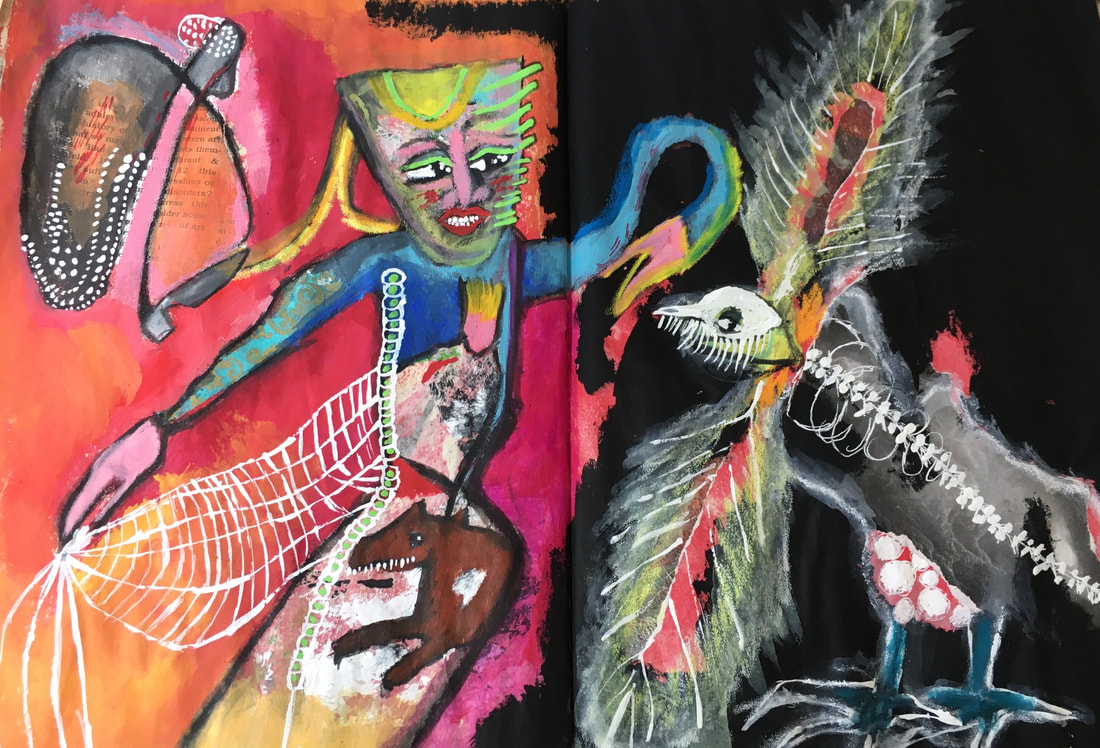
 RSS Feed
RSS Feed